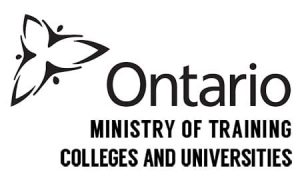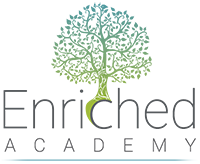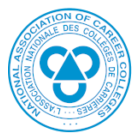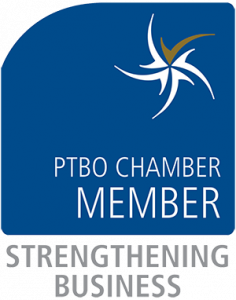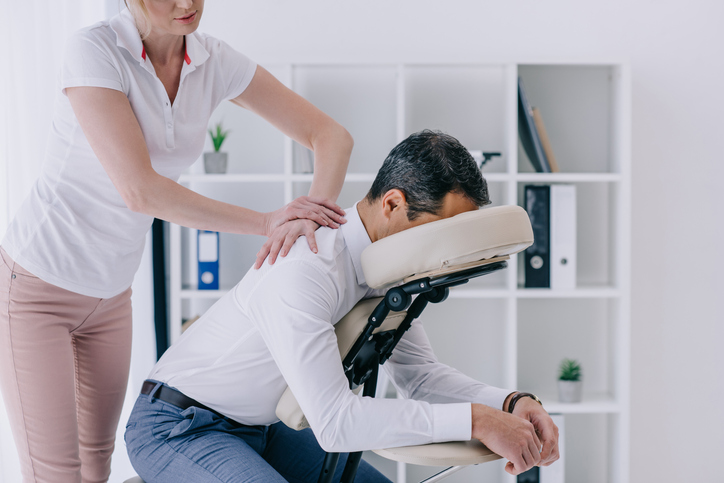
Interested in studying massage therapy but want to know more about what muscles are made of? This should help clear things up just a little. To be able to understand how to manipulate and rub muscles properly and give your patient the best possible comfort and range of motion, you must first understand how they function from a scientific perspective. Here are a few things you need to know about the anatomy of a muscle as you embark on your studies in massage therapy.
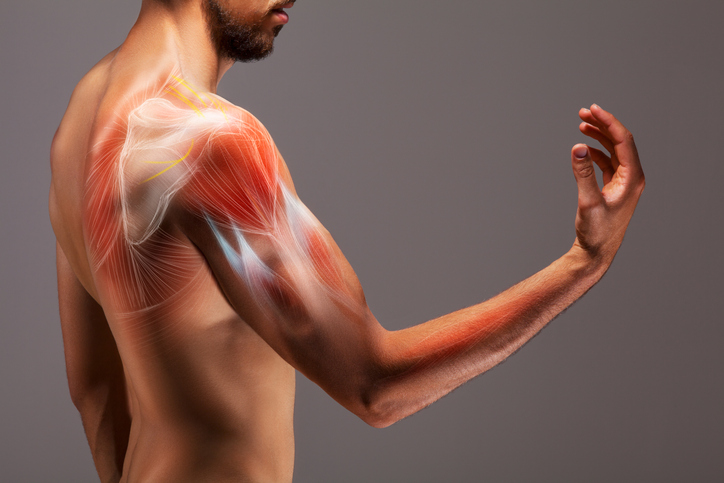 The epimysium, endomysium and perimysium each surround a muscle’s connective tissue
The epimysium, endomysium and perimysium each surround a muscle’s connective tissue
Muscles and Muscle Fibres are Surrounded by Connective Tissues
Skeletal muscles are not only organs of a muscular system, but they consist of multiple different tissues, including muscle and connective tissue. In particular, a muscle’s connective tissue is surrounded by three layers: the epimysium, endomysium, and the perimysium. The epimysium is the heavy fibrous tissue surrounding muscles, while the endomysium is the connective tissue surrounding muscle fibres (or individual muscle cells).
Meanwhile, the perimysium wraps itself around bundles of those muscle fibres. Those bundles are known as fascia (or a fascicle), which is found outside the epimysium and acts as the tissue enveloping an entire muscle, separating them as well. Together, the three layers — also known as the mysia — combine to give structure to the muscle, with the epimysium in particular allowing for the contractions and independent movement of muscles while maintaining its structure. If you can remember how this works, your massage therapist career will be off to a great start.
Skeletal Muscles Also Contain Plenty of Nerves and Blood Vessels
Our bodies consist of three types of muscle tissue: skeletal, cardiac, and visceral (or smooth) — each of which contain a host of nerves and blood vessels. Being the body’s only voluntary muscle tissue, skeletal muscles in particular contain many of these, since nerve cells must send impulses to them in order for skeletal muscle fibres to contract — whereas such signaling is not necessary for the visceral or cardiac muscles.
As they are always connected to somewhere on the skeleton and attached to two bones via a tendon, skeletal muscles are able to pull on those tendons to achieve movement. Additionally, with each skeletal muscle, blood vessels help supply oxygen and nourishment while also removing waste, and axons (or nerve fibres) send contraction signals to muscle fibres.
 Studying massage therapy will help you better understand how to relax various kinds of muscles
Studying massage therapy will help you better understand how to relax various kinds of muscles
Massage Therapy Training Will Show How Muscles Come in Different Sizes — and How to Relax Them
Depending on which part of the body is being worked on and the size of their respective muscles, massage therapists have to treat each of those muscles with a certain amount of care. For example, thigh muscles — such as quads and hamstrings — are large in size, while muscles such as the ear’s stapedius muscle are extremely small by comparison, though it’s unlikely you’ll have to worry about that one in your career.
That said, massage therapy has a positive effect on one’s ability to relax their muscles after frequent use, as that can result in hypertonicity and lead to possible tears and further injury. When done properly, your client will be more flexible, and experience reduced stiffness and swelling. It goes without saying that you’ll need to understand not only how various muscle sizes respond to your manipulation of tissues, but also how best to relax them. Luckily, massage therapy training can help with that.
Looking to start taking massage therapy courses?
Contact Oxford College to find out more!

